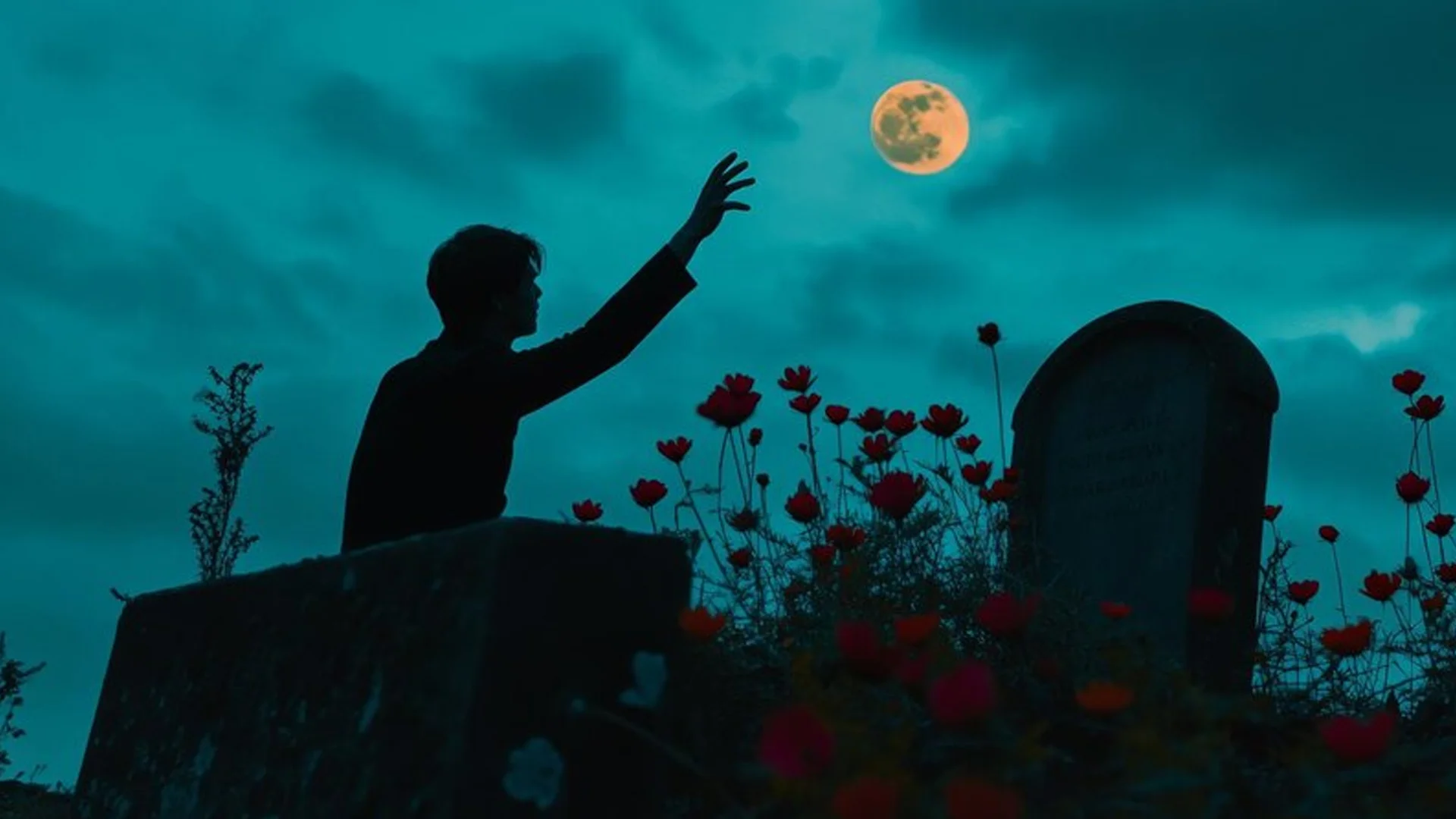The “Twilight” saga, originally penned by Stephenie Meyer, captured the hearts of millions with its unique blend of romance, fantasy, and supernatural elements. In 2015, Meyer released “Life and Death: Twilight Reimagined,” a gender-swapped retelling of the classic story. This fresh take on the beloved tale not only revitalizes the narrative but also introduces themes of identity, gender dynamics, and modern romance.
TRENDING
Understanding Stop And ID States: What You Need To Know
Understanding The Concept Of Gender-Swapping
What is Gender-Swapping in Literature?
Gender-swapping is a narrative technique where characters’ genders are reversed to explore different perspectives and societal norms. This method can shine a light on the complexities of gender roles, allowing readers to see familiar stories through a new lens. In “Life and Death,” Edward becomes Edythe and Bella becomes Beau, providing a fresh perspective on the original storyline.
Why “Twilight”?
The “Twilight” series, a cultural phenomenon, has garnered both love and criticism since its debut. By reimagining the story with a gender twist, Meyer invites a new generation to engage with the text while challenging conventional gender norms and relationships in young adult fiction.
A Synopsis Of “Life And Death”
The Plot Overview
“Life and Death” follows Beau Swan as he relocates to the rainy town of Forks, Washington, where he quickly becomes captivated by the mysterious and alluring Edythe Cullen. As their relationship deepens, Beau discovers Edythe’s dark secret—she is a vampire. The story explores themes of love, sacrifice, and the challenges posed by their opposing worlds.
Key Characters
- Beau Swan: The protagonist whose journey of self-discovery and love is central to the story.
- Edythe Cullen: The vampire who captures Beau’s heart, offering a new dimension to the classic character of Edward.
- Other Notable Characters: Familiar faces like Charlie, Alice, and Jacob have their gender roles reimagined, adding richness to the narrative.
Themes And Messages
Love Beyond Boundaries
At its core, “Life and Death” is a story about love that transcends boundaries—be it those set by societal norms, personal fears, or the divide between human and vampire. The gender swap provides a platform for exploring how love can manifest in different forms and the sacrifices that often accompany it.
Gender Dynamics
By switching the genders of the lead characters, Meyer prompts readers to reconsider traditional gender dynamics in romance. The story challenges stereotypes associated with masculinity and femininity, portraying Beau as a sensitive male protagonist and Edythe as a strong, independent female figure.
Identity and Self-Discovery
As Beau navigates his feelings for Edythe, he embarks on a journey of self-discovery. The reimagined narrative emphasizes the importance of understanding oneself, particularly in a world filled with expectations based on gender. This theme resonates strongly with today’s youth, who are increasingly exploring and expressing their identities.
Reception And Impact
Critical Acclaim and Fan Reactions
Upon its release, “Life and Death” received mixed reviews from critics and fans alike. While some praised the innovative approach and fresh perspective, others felt it didn’t capture the original’s magic. Nevertheless, the book succeeded in engaging a new audience, particularly younger readers who may not have experienced the original series.
Cultural Relevance
In an age where discussions about gender identity and representation are at the forefront, “Life and Death” serves as a timely reminder of the power of storytelling. It encourages readers to challenge traditional narratives and embrace diverse representations in literature.
Writing Style And Tone
Meyer’s Narrative Technique
Stephen Meyer maintains her signature writing style throughout “Life and Death,” using first-person narration to draw readers into Beau’s thoughts and feelings. This intimate perspective allows for a deeper understanding of his struggles and triumphs, making the story relatable and engaging.
Modern Language and Themes
The language and themes reflect contemporary issues, making it relevant for today’s young readers. The incorporation of social media and modern relationships resonates with a generation accustomed to rapid communication and evolving dynamics.
Conclusion
“Life and Death: Twilight Reimagined” is more than just a gender-swapped version of a beloved classic. It is a celebration of love, identity, and the nuances of human (and vampire) relationships. By challenging traditional narratives and offering a fresh perspective, Stephen Meyer invites a new generation to experience the world of “Twilight” in a way that resonates with contemporary audiences.
Final Thoughts
As literature continues to evolve, stories like “Life and Death” pave the way for more inclusive and diverse narratives. By revisiting classic tales through modern lenses, authors can create opportunities for dialogue and understanding, ensuring that literature remains a vibrant and relevant part of our lives.
ALSO READ: Unlock The Secrets Of Poval Cheese: Your Ultimate Guide
FAQs
What is “Life and Death: Twilight Reimagined”?
“Life and Death: Twilight Reimagined” is a gender-swapped retelling of the original “Twilight” series by Stephen Meyer. It features Beau Swan and Edythe Cullen in place of Bella and Edward, respectively, exploring themes of love, identity, and gender dynamics.
How does the gender swap affect the story?
The gender swap offers new perspectives on gender roles, allowing readers to see traditional narratives in a different light. It challenges stereotypes and provides a nuanced exploration of masculinity and femininity in romantic relationships.
Is “Life and Death” suitable for younger readers?
Yes, “Life and Death” maintains the themes of the original series while addressing contemporary issues related to identity and relationships. Its accessible writing style makes it suitable for younger audiences.
Are the character dynamics different in this version?
While the core relationships remain intact, the gender swap alters the dynamics. For example, Beau is portrayed as more sensitive and vulnerable, while Edythe embodies strength and independence, flipping traditional romantic archetypes.
What is the significance of reimagining classic stories?
Reimagining classic stories allows for fresh interpretations and discussions about societal norms. It encourages readers to engage with the text in new ways, fostering a deeper understanding of themes like love, identity, and cultural expectations.











